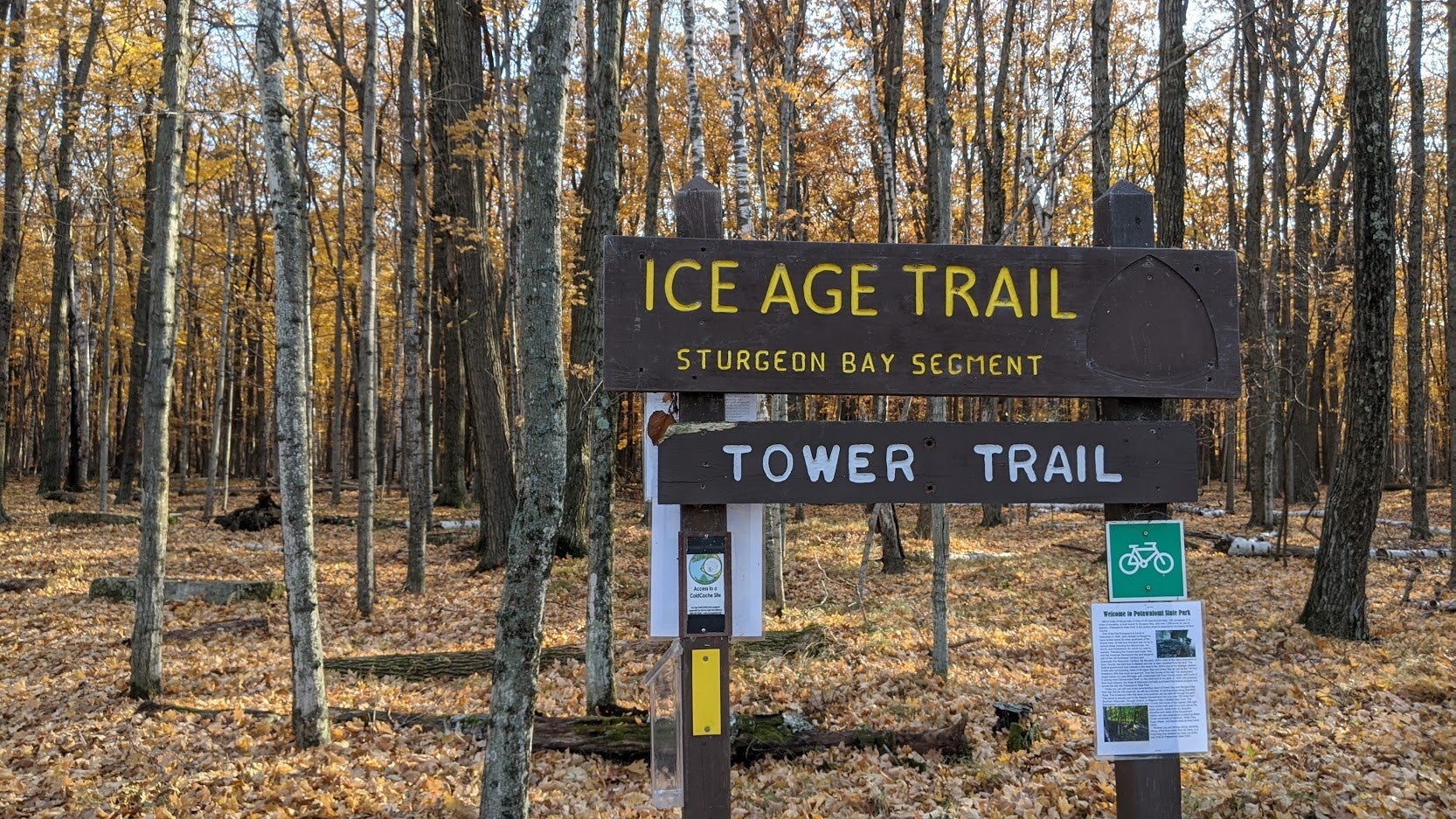The Ice Age trail runs through Wisconsin. Larry Meiller learns about its geology, and how to enjoy it particularly in the winter.
Featured in this Show
-
Wisconsin’s Ice Age Trail Offers Year-Round Recreation
In the middle of a Wisconsin winter, it can be a lot more tempting to curl up on the couch with a good book or movie than to get outdoors. But some of the places that are usually enjoyed in warm weather are just as beautiful at this time of year.
One such gem is the Ice Age Trail. For more than 1,000 miles, fully within current state boundaries, it traces the contours left by glaciers that first covered the state and then receded. The force of that ice and its trajectory left a unique and varied landscape that today includes mature forests, rolling prairies, drumlins, craters, and thousands of lakes and rivers.
Tim Malzhan is director of trail operations of the Ice Age Trail Alliance. He said that the Trail is still a work in progress in the sense of how much of it is open for recreation and public use. He said that of the nearly 1,200 miles that comprise the trail, approximately 650 have been developed to date.
That means that there are many places throughout the state where residents and visitors can access the trail and use it to enjoy the surrounding area. In the winter, Malzhan said that snowshoeing and winter hiking is possible all along the developed parts of the Trail. He said that many segments support cross-country skiing as well and, other than some very short sections that are shared with state multi-use trails, motorized vehicles are not allowed, so it is safe and peaceful for all users.
“There’s no substitute for slowing down a little and being in the elements, whether that’s pleasant or less than pleasant, it all adds up and accrues into an experience that is not available through any other means,” Malzhan said.
Some of the trail’s most noteworthy features are the natural stone structures, awe-inspiring due to their variety and age. Some points date back tens of thousands of years, while others are significantly older.
The Ice Age Trail Alliance web site highlights some of these features on their list of “Ice Age Trail Timepieces,” remnants of a time much longer ago than the ice age. For example, sandstone rock outcrops of Green, Rock, Dane, Columbia, Sauk and Adams counties are between 460 million and 550 million years old, and Rock outcrops at Grandfather Falls in Lincoln County and the mylonite formations of Eau Claire Dells in Marathon County are both 1.8 billion years old.
Tim Malzhan said that winter is an ideal time to take it all in.
“Four-season use is sometimes forgotten about, but that’s a shame. This is just a fantastic time of year to be out on the trail,” he said. “For one thing, you can really see the land forms. You can really put into context some of the (geologic) terms … all these different aspects that are visible on the land but are shrouded in the growing season.”
Another bonus, Malzhan said, “is you won’t have any bugs to deal with!”
For Malzhan, the trail is certainly a way to tell the story of continental glaciation, and how the features of the land were created over the course of thousands, and even millions, of years. But it is also the story of the people that have lived on that land.
“The Ice Age Trail is here to tell the story of the land and how it came to be. But not to be forgotten is the human story on the landscape as well. It’s a great way to discover Wisconsin, the land and the people.” Malzhan said.
The Ice Age Trail Alliance provides many resources for planning a hike on the Trail, as well as ways to volunteer to help with their efforts.
Episode Credits
- Larry Meiller Host
- Judith Siers-Poisson Producer
- Tim Malzan Guest
Wisconsin Public Radio, © Copyright 2024, Board of Regents of the University of Wisconsin System and Wisconsin Educational Communications Board.

